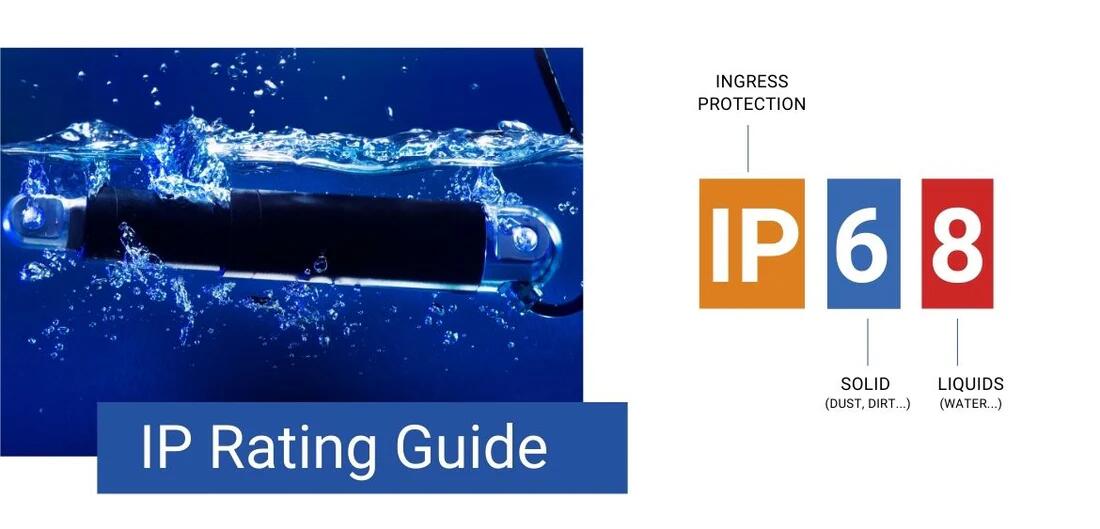
IP rating Ultimate guide: The Best IP Rating For Your LED Grow Lights
Table of Contents
- Introduction
- Understanding IP Ratings for LED Grow Lights
- What is IP rating (Ingress Protection)?
- How do Industry Standards define IP Ratings?
- Why have an IP rating system?
- Why IP Ratings Matter for LED Grow Lights?
- How IP Ratings Affect Performance, Longevity, and Energy Efficiency of LED Grow Lights
- How to Choose the Right IP Rating for Your Indoor Growing Environment
- Factors Affecting IP Rating Selection
- What IP Rating Do I Need?
- IP20-IP44
- IP54-IP65
- IP66-IP68
- The Bottom Line: Choosing the Best IP Rating for Your LED Grow Lights
Introduction
Modern horticulture relies heavily on LED grow lights to bring the exact light that plants need to thrive. Unfortunately however, not all grow lights are custom made to deal with the different types of growing environments. The IP rating (Ingress Protection rating) of your LED lights is crucial when it comes to their resistance to external stimuli, their safety and performance. The right IP rating protects your lights from dust, moisture, and other environmental things, and ultimately directly affects the lifespan of your lights and your growing success.
In this article, we’ll define IP ratings, why they’re necessary for LED grow lights, and how to pick the best one for your setup. Home gardener or commercial operator of large scale, understanding IP ratings can help you to make an informed decision and to protect your investment.
Understanding IP Ratings for LED Grow Lights
What is IP rating (Ingress Protection)?
IP rating is a two digit code used to define the level of protection given by an electrical device from dust and water ingress. The first digit refers to how much solid (dust) protection a product has, and the second, how much liquid protection. An IP65 rated device would for example be dust tight (6) and protect against water jets (5), making it perfect in indoor and outdoor growing environments where dust and water can be a nuisance.
How do Industry Standards define IP Ratings?
The standard for rating the levels of protection offered by electrical enclosures is the IEC 60529, widely accepted all over the world. For solids the range of protection is from 0 to 6 and for liquids it is from 0 to 9.The standard. However, IEC 63403 specifically addresses the needs of horticultural lighting, in terms of what protection levels are required to provide reliability and performance for lighting systems used in agricultural use. To make the right choice, it is necessary to learn about the standards.
IP rating Table
| IP | First digit: Ingress of solid objects |
Second digit: Ingress of liquids |
| 0 | No protection | No protection |
| 1 | Protected against solid objects over 50mm e.g. hands, large tools. | Protected against vertically falling drops of water or condensation. |
| 2 | Protected against solid objects over 12.5mm e.g. hands, large tools. | Protected against falling drops of water, if the case is disposed up to 15 degrees from vertical. |
| 3 | Protected against solid objects over 2.5mm e.g. wire, small tools. | Protected against sprays of water from any direction, even if the case is disposed up to 60 degrees from vertical. |
| 4 | Protected against solid objects over 1.0mm e.g. wires. | Protected against splash water from any direction. |
| 5 | Limited protection against dust ingress. (no harmful deposit) |
Protected against low pressure water jets from any direction. |
| 6 | Totally protected against dust ingress. | Protected against high pressure water jets from any direction. |
| 7 | / | Protected against short periods of immersion in water(up to 1m of submersion). |
| 8 | / | Protected against long, durable periods of immersion in water. |
| 9 | / | Protected against close-range high pressure, high temperature spray downs. |
Why have an IP rating system?
The reason for this is especially because the IP rating system offers a clear, standardized means of analysing electrical products’ protection levels. Here’s why it matters:
1.Safety: An IP rating guarantees that the electrical product doesn’t encounter any type of electric hazard in a place where there is exposure to moisture and dust, therefore protecting from short circuits, short circuits and potential fires. One example of that is that grow lights with a higher IP rating, such as IP67, are more resistant to water ingress so that there are less chances of electric arcs failure in humid or wet conditions.
2.Durability: In agricultural environments grow lights are exposed to varying degrees of dust and moisture. An IP rating of, for instance, IP66 or IP67 guarantees your light will keep working in harsh environments and thus prolong product life as well as performance.
3.Comparison and Selection: The value of IP ratings is they enable consumers to compare products based on their protective features. Although there are many different types, IEC 60529 and IEC 63403 provide precise standards growers can rely upon to choose the right lights for their application. For example, indoor grow room IP65 rated lights may be just right, or IP67 rated lights for a greenhouse or outdoor operation.
4.Compliance: Where required and internationally recognised, IP ratings are necessary for product certification in many regions. Manufacturers follow these standards so the products they make meet standards for safety and reliability; consumers are assured compliance with local regulatory requirements.
Why IP Ratings Matter for LED Grow Lights?
The environment you are in will be harsh with dust and moisture associated with the chemicals that you are exposed to. With inadequate protection, a lighting system can fail in a premature fashion that requires costly maintenance, down time, and in some cases poor crop yields or plant growth. When it comes to selecting the proper IP rating for your LED grow lights, a great option for selecting the most appropriate is vital because this will help ensure that they work correctly, even in the worst of conditions.
How IP Ratings Affect Performance, Longevity, and Energy Efficiency of LED Grow Lights
1.Performance:
IP Rated stuff (High IP rated lights will protect internal components from being flooded or dusted) will protect against moisture and dust, reducing risk of overheating. Such consistent light output is essential for good plant growth.
2.Longevity:
Waterproofing and dustproofing are important, because they prevent the wear and tear of electrical components. In a 2024 field study, (IP65 rated) lights outlasted (IP20 rated) lights by 25% in high humidity environments.
3.Energy Efficiency:
Water and dust ingress can reduce light output efficiency, hence wasting energy. Compared to high IP rated lights, regular lights provide dual benefits of clean and protected components, hence leaving no room for energy loss, therefore resulting in reduced energy costs over time.
Performance Comparison Table
| IP Rating | Typical Lifespan (Years) | Maintenance Frequency |
Energy Efficiency (% Output) |
Common Use |
| IP20 | 2-3 | High | 70-80% | Indoor grow tents, dry environments |
| IP44 | 3-4 | Moderate | 80-90% | Indoor gardens, low humidity |
| IP65 | 5-7 | Low | 90-95% | Greenhouses, moderate humidity |
| IP67 | 7-10 | Very Low | 95-98% | Hydroponic systems, high humidity |
How to Choose the Right IP Rating for Your Indoor Growing Environment
Factors Affecting IP Rating Selection
1.Growing Environment:
Ratings also get higher depending on high humidity or frequent exposure to water. IP65 or above is beneficial to a greenhouse which is regularly misted.
2.Installation Area:
For all the reasons above, waterproofing is needed when you are close to water sources such as hydroponic systems or irrigation systems. IP67 is perfect for all such setups.
3.Environmental Conditions:
You don’t want dusty environments clogging light fixtures and affecting performance. The dustproof protection and stable functionality of IP54 or higher is ensured for the key.
4.Maintenance Practices:
In the case of dry indoor areas if regular cleaning is seen to be feasible, then IP20 or IP44 ratings will suffice. If not, you want the ratings up to keep maintenance down.
What IP Rating Do I Need?
The IP rating you choose depends on the conditions of your growing environment. Below is a guide to help you select the ideal rating:
| Environment |
Recommended IP Rating |
Features | Typical Applications |
| General Indoor Growing environment | IP20-IP44 | Basic protection against dust and occasional water splashes | Small-scale indoor gardens, grow tents/closet |
| Indoor Commercial Plantations | IP54-IP65 | Moderate protection against dust and water jets | Greenhouses, vertical farming |
| Hydroponic Systems | IP66-IP68 | Maximum protection against water immersion and dust | Hydroponics, outdoor agriculture |
IP20-IP44
Great for environments that are free of dust and moisture such as grow tents, closets, or indoor gardens with little or even a lack of dust and moisture.
Tips:
Indoor grow tents or closets that have the environment somewhat controlled more or less free from excessive moisture are good candidates for interior rated IP44 lights. If you get occasional water exposure, you may not even require an IP44 or IP54.
IP54-IP65
Targeted for Commercial green houses, Vertical farming, and other indoor plantations where moderate exposure to dust and moisture is anticipated.
Tips:
IP65 is very recommended for greenhouses and commercial indoor plantations for durability and superior dust proofing and water proofing. It ensures the lighting system’s efficiency and helps reduce maintenance requirements where water or dusty exposure is a frequent matter.
IP66-IP68
Ideal for Hydroponic agriculture, outdoor growing area use or any environment where direct water exposure or excessive humidity is present.
Tips:
The application of these ratings for hydroponic setups or outdoor agriculture where lights may be exposed to direct water or high humidity, or are exposed to direct water and salt water being splashed on the light, suits them best. These ratings provide the highest protection of all ratings to give your lights longer life and optimal performance in the harsh conditions.
The Bottom Line: Choosing the Best IP Rating for Your LED Grow Lights
Because long term durability, reliable performance and healthy plant growth all depend on making sure you choose the correct IP rating for your LED grow lights. Being in a controlled indoor environment, a greenhouse, or hydroponic setup, you will need to pick the right IP rating so your lights are safe against environmental hazards like dust and moisture to protect your investment.
Select the inappropriate IP rating for the wrong reasons and you’ll expose your grow lights to risk. Check out our selection of high quality IP rated LED grow lights to boost your plant health and improve your growing environment.
IP rating is a two digit code used to define the level of protection given by an electrical device from dust and water ingress. The first digit refers to how much solid (dust) protection a product has, and the second, how much liquid protection. An IP65 rated device would for example be dust tight (6) and protect against water jets (5), making it perfect in indoor and outdoor growing environments where dust and water can be a nuisance.
Leave a comment
Your email address will not be published. Required fields are marked *
CATEGORIES
Recommended Post

Where It’s Legal to Grow Cannabis: Ultimate Tips & Cultivation Laws
About Author—Jose Li
Jose, a senior content creator at BATA LED, brings over 5 years of expertise in LED grow light. He delivers valuable insights to help growers and farmers better understand LED grow light technology, empowering them to boost crop yields and quality with advanced lighting solutions.
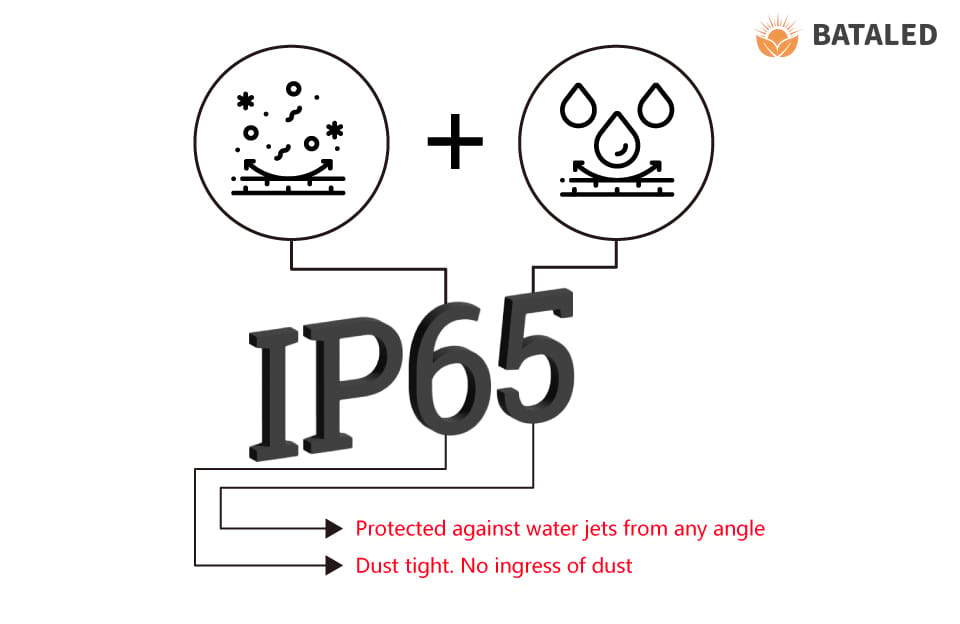
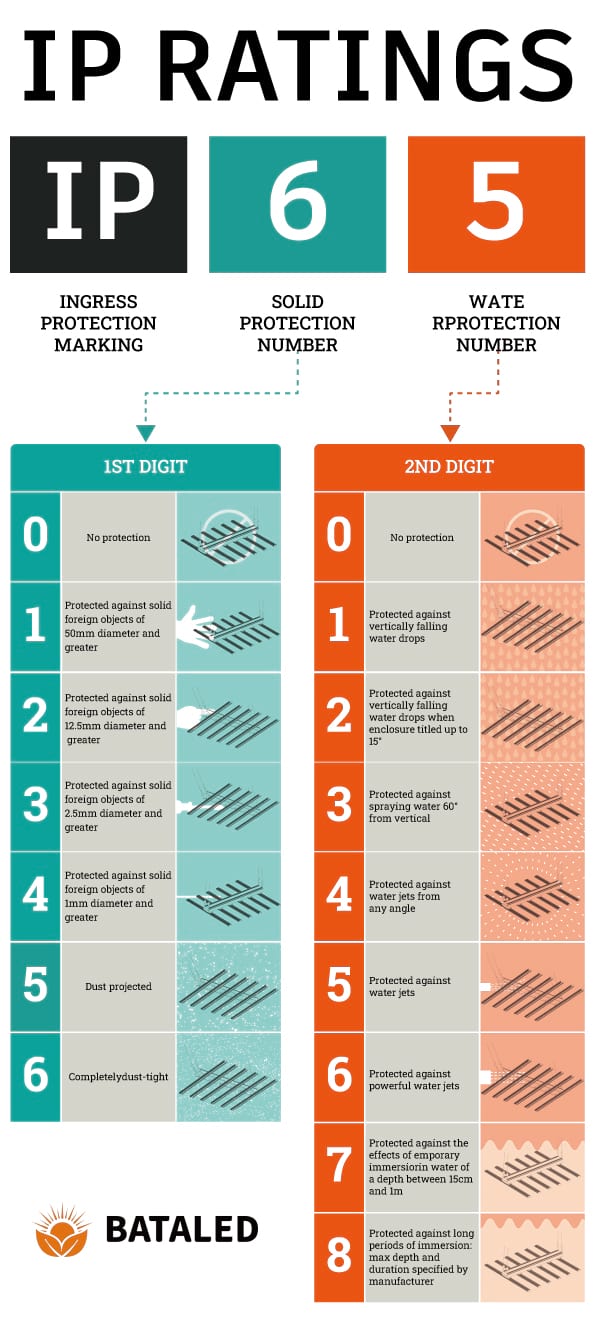
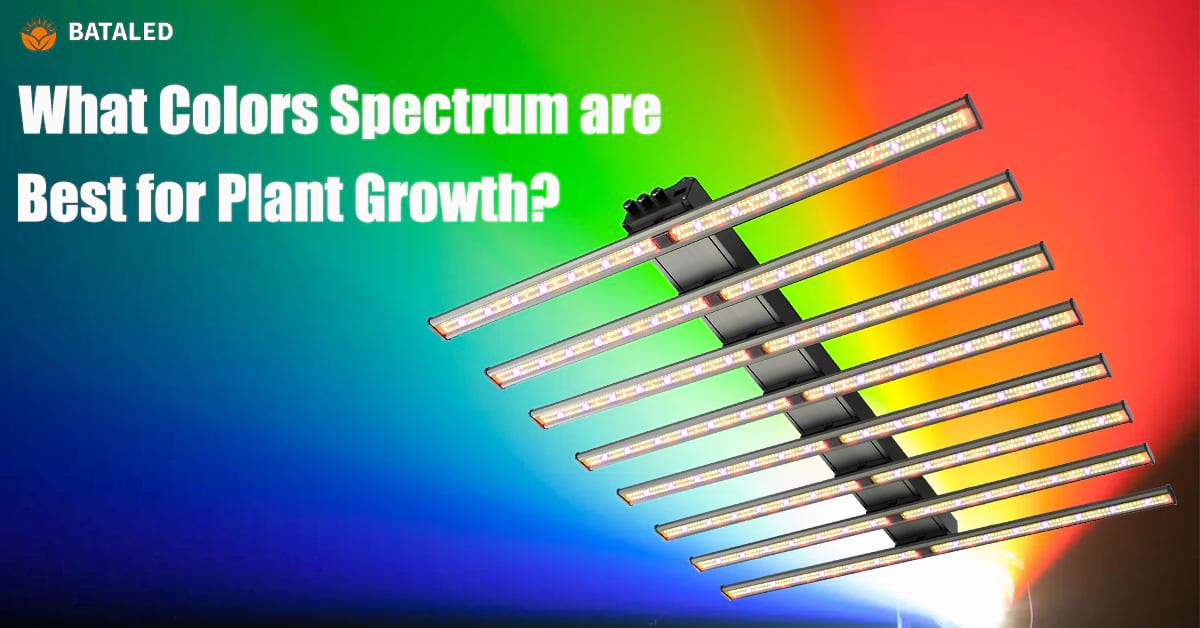
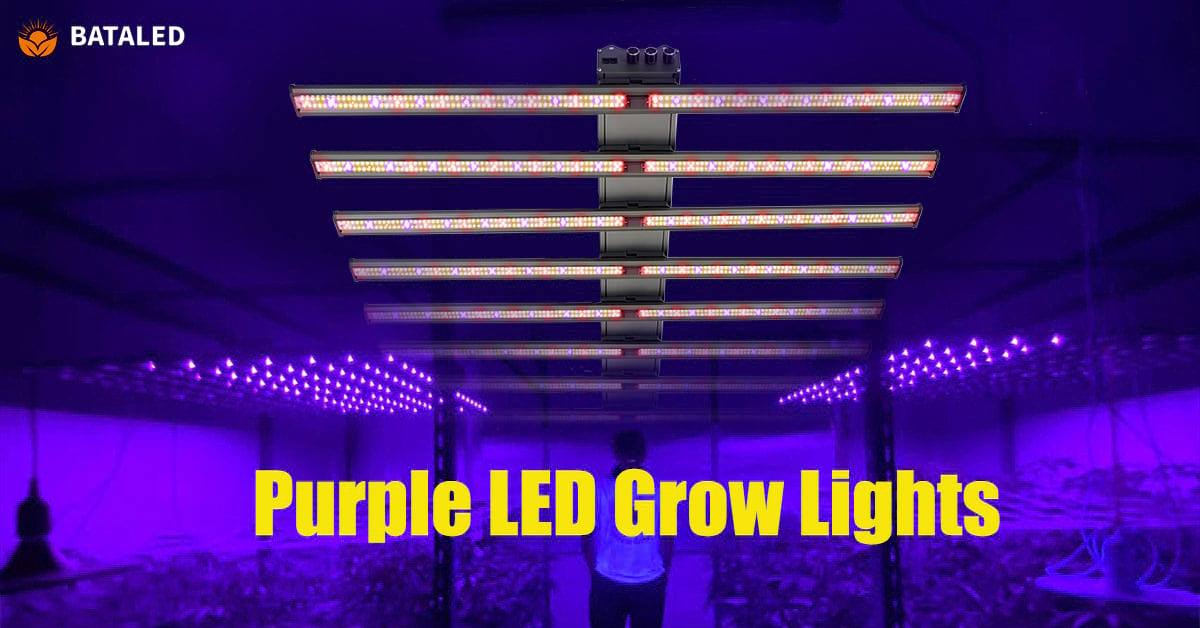
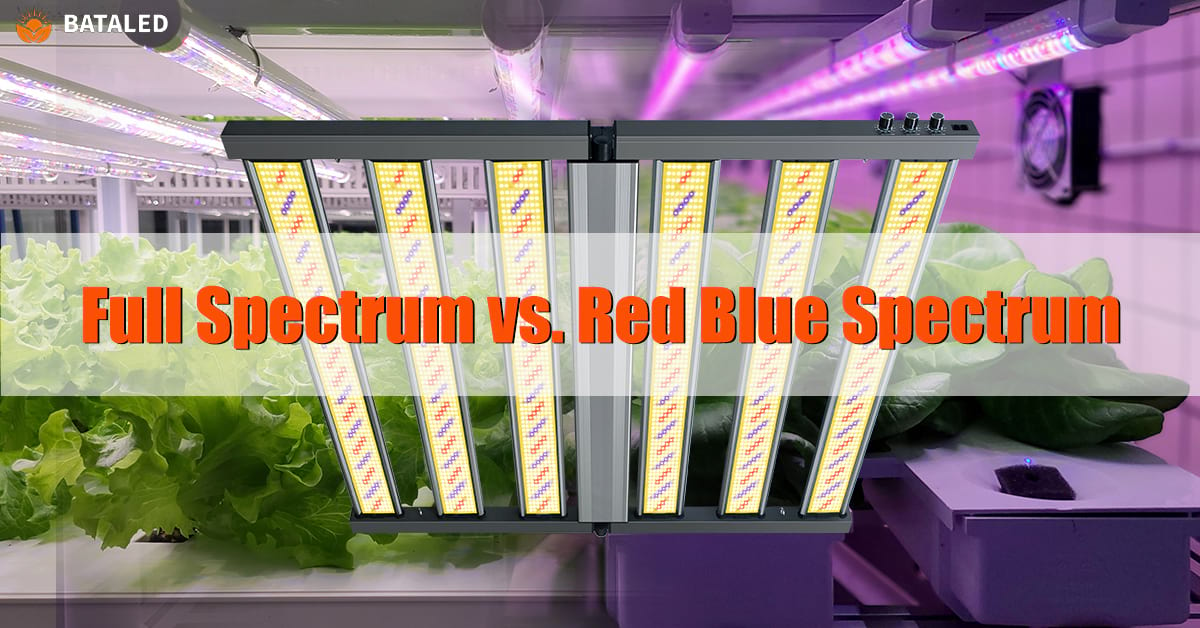
0 Comments